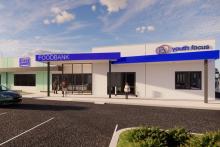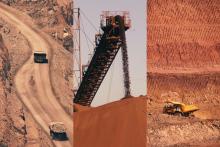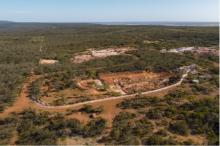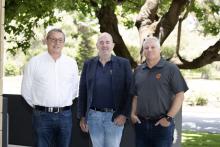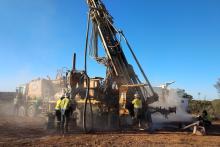Australian and foreign capital combined with government support have helped to build the lithium sector.

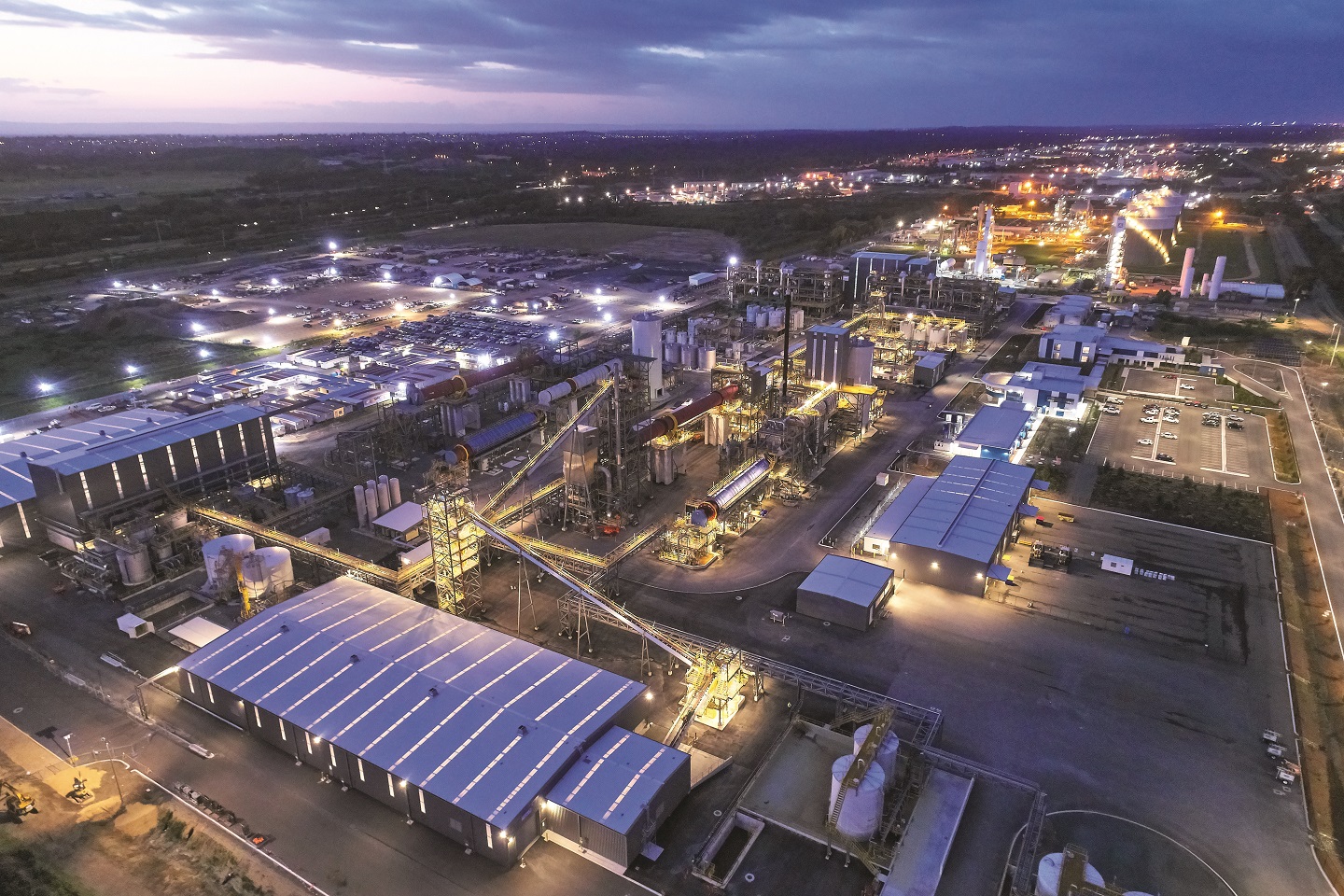
Building a new industry in a short space of time is no easy feat.
It requires contributions from many parties and a supportive investment environment.
Western Australia’s lithium industry is a prime illustration.
Five years ago, lithium was a small part of the mining sector.
It has subsequently attracted billions of dollars of investment in new mining projects and downstream processing facilities.
In something of a rarity for the mining sector, a lot of this investment has gone into the Perth metropolitan area.
Historically, lithium was largely produced in WA as a by-product of tantalum mining.
That started to change when lithium emerged as an important component in long-life batteries used in electric cars and smart phones.
The state’s oldest and largest lithium mine is at Greenbushes in WA’s South West.
Mine owner Talison Lithium completed a major expansion in 2019, lifting both its mine output and production of lithium concentrate.
That paved the way for its joint owners – China’s Tianqi Lithium and US company Albemarle Corporation – to proceed with development of two lithium hydroxide refineries.
They will soon be joined by development of a third lithium hydroxide refinery, after Covalent Lithium made a final investment decision on its $1.9 billion project.
The ownership of these projects has changed in the past two years, with all three becoming joint ventures between Perth-based companies and international operators.
That illustrates one of WA’s key attributes: it is seen as an attractive investment destination, where the government works to secure new projects.
In March 2019, for instance, when Premier Mark McGowan took part in a sod turning to mark the start of construction on Albemarle’s Kemerton project, he recounted a meeting with company representatives one year earlier in Washington DC to discuss the possibility of launching a lithium project in WA.
It was a similar story in 2016, when (then) state development minister Bill Marmion spoke at the start of construction of Tianqi’s Kwinana project.
“A concerted effort was made to ensure a suitable site and cross-government approvals were secured, in order for a timely investment decision to be made,” Mr Marmion said.
This included a lease with LandCorp (now DevelopmentWA) for up to 49 years, over a 20-hectare site at Kwinana.
“The proximity to vital infrastructure and support services and the port and skilled labour provided by the Western Trade Coast, were significant factors in the state’s success in attracting this project,” Terry Redman said in his role as lands minister at the time.
WA’s attractiveness as a mining investment destination is ranked every year by Canada’s Fraser Institute.
The 2020 survey ranked WA as the fourth most attractive jurisdiction for mining investment out of 77 jurisdictions globally.
That’s down from top spot the year before because of uncertainty over the handling of disputed land claims and protected areas.
WA’s appeal is helped greatly by its geological endowment, with lithium one of many minerals – in addition to iron ore, gold, nickel, and bauxite – of which WA has some of the best deposits globally.
Investment in these commodities also reflects the ups and downs in commodity markets.
That has especially been the case for lithium, which suffered a sharp price fall after a surge of investment between 2016 and 2018.
The price fall prompted investors to rethink their plans, ahead of the market recovery over the past year.
Tianqi Lithium, for instance, invested $US700 million at Kwinana between 2016 and 2019.
It completed construction of one lithium hydroxide production train and started construction of a second.

Talison Lithium’s mine will supply new refineries at Kwinana and Kemerton.
However, the market downturn and financial difficulties facing the Chinese company forced it to place the project on care and maintenance.
Tianqi’s fortunes took a turn for the better last December when Perth company IGO agreed to buy 49 per cent of its Australian operations.
That gave IGO a minority stake in both the Greenbushes lithium mine and the Kwinana lithium refinery.
That deal, which is due to close in June, will allow the business to spend about $US30 million commissioning train one and $US190 million to complete train two.
Upon completion, the plant will have capacity of 50,000 tonnes per annum.
For IGO, the acquisition aligned with its strategy of becoming a major supplier of critical minerals, including nickel, copper and cobalt.
“This is a genuinely transformational transaction for IGO and one that delivers on our strategy to become a global leader in the supply of metals critical for enabling a clean energy future,” managing director Peter Bradford said at the time.
“Both Greenbushes and Kwinana are world-class assets with attractive growth profiles that together provide the platform for building a global lithium business.”

Albemarle and its local partner, Mineral Resources, also had to rethink their plans.
Albemarle originally committed to build five production modules at Kemerton, with initial capacity of 60,000tpa rising to 100,000tpa by 2025.
It also established a joint venture with MinRes, which built a mine and concentrator at Wodgina in the Pilbara, at a cost of $600 million.
The mine and concentrator were put on care and maintenance soon after completion, and a planned refinery was canned.
In addition, the jointly owned Kemerton refinery has been scaled back, with initial capacity cut to 50,000tpa.
Despite that, Kemerton remains a major project, with $US1.2 billion ($1.8 billion) to be invested ahead of first production next year.
Covalent Lithium is another joint venture, between Perth’s Wesfarmers and Chile’s Sociedad Quimica y Minera de Chile (SQM).
Wesfarmers came late to the lithium party, acquiring Kidman Resources in 2019 at a price of $776 million.
That gave it a 50 per cent stake in Covalent, which has plans to develop a new mine at Mt Holland in the Goldfields and a new refinery at Kwinana.
Just months after Wesfarmers completed the Kidman deal, the joint venture deferred a final investment decision.
The good news was that, after a year of further studies, Covalent committed early this year to go ahead with the $1.9 billion project.
That included increasing production capacity from 45,000tpa to 50,000tpa.
Wesfarmers managing director Rob Scott said the project capitalised on the group’s chemical processing expertise and WA’s unique position to support growing global demand for electric vehicle battery materials.
Read the Promoting Perth E-edition here.









